Translated from the Heike Monogatari
During the Imperial reign of the Emperor Saga, there lived a courtly lady consumed by jealousy. So powerfully was she in jealousy’s grip that she made a pilgrimage to the shrine at Kifune and cloistered in prayer. For seven days, she devoted herself to a single-minded wish: “Oh great and powerful Kami of Kifune, grant me the powers of a devil while I am still living. Make me a fierce being, terrible to behold. Let my outer form match the flame of jealousy that burns so brightly within. Let me kill.”
That great miracle-working Kami of Kifune understood the depths of her desire, and heeded her call. “I am moved by pity and by the sincerity of your prayer. If you wish to become a living oni, to change into a monstrous form, get thee to the Kawase river in Uji. Perform the ceremony I shall now teach you, and then return to submerge yourself in the waters of the river. Do this for 21 days.” This courtly lady saw and heard the manifestation of this celestial being, and was in rapture.
The woman returned to the capitol city and made her preparations. She found a secluded spot where she could work her magic. First, she twisted the long strands of her hair into five horns. Then she ground cinnabar for her face and vermillion for her body until she was as bright red as an oni of legend. Finally, she crowned her head with a three-pronged trivet, and set in it three torches of burning pine. In her teeth she clenched two further torches.
Her preparations complete, she ran south down Yamato-oojidori, torches blazing in the deep night, skin bright red and with an iron crown resting on her eyebrows. Her every aspect was that of an oni, and all who saw her collapsed, dying of terror at the manifested horror they had seen. At the end of her path was the Kawase river, where the lady dutifully sank beneath its waters. As promised by the Kami of Kifune, after 21 days she transformed in living body into an oni, the dread Bridge Princess called Hashihime.
In this way the Hashihime took her revenge on the man who was the target of her jealousy, and all of his relatives above and below. Her wrath knew no boundaries. When she slew men, she appeared as a woman. When she slew women, she appeared as a man. All in the town were a’ feared of her, and during the Hour of the Monkey none dared leave their dwelling.
At that time, the lord Minamoto no Yorimitsu had four brave fighters and protectors. Known as the Four Heavenly Kings, they were Watanabe no Tsuna, Kimitoki, Sadamichi, and Suetake. Of these Tsuna was the greatest.
Yorimitsu had business in the town of Ichijo Omiya and dispatched Tsuna as a messenger. Tsuna arrived on horseback in the dead of night, the famous sword Higekiri (Beard Cutter) tucked into his obi. He planned a short trip, and to soon return with a message for his master. Yet when he crossed the Modari Bridge over the Hori river, on the Eastern side he saw a beautiful woman of a bit more than 20 years of age. Her skin was as white as new-fallen snow, so much that she had the visage of a yurei. Yet he saw the flair of her under-kimono peeking out—red as the red-blossomed plum tree. She bore a sash across her chest, and a sutra in the folds of her sleeves.
She stood on the bridge, facing South. She was quite alone. Tsuna mounted the bridge from the West, and the sound of his horse cracking the silence of the night.
The woman called out, “What business is yours? I am making a pilgrimage to Gojo. It is dangerous to travel alone at night. You gave me a scare!” Her tone was overly familiar for such a meeting. Tsuna answered “Come upon my horse. It would be my pleasure to help you on your errand.”
Tsuna brought his horse near and dismounted, then lifted the woman into the saddle. She held the warrior tight, as he spun his horse around and headed West. The woman directed him towards Shogimachi, saying “Great sir, in truth I am not on a pilgrimage to Gojo. My home lies a little bit outside of the capital. If you would do me the honor of taking me as far as the gates, I would be in your debt.”
Tsuna complied, saying it would be his pleasure to see the lady home. With that, the woman changed into the form of an oni, saying “It is I who shall be taking you to Mt. Atago!” She grabbed Tsuna’s topknot and flew into the air taking Tsuna with her. Tsuna was caught off guard for only a moment, before drawing Higekiri and slicing off her arm mid-air. He looked into the sky and saw the North Star as he plummeted to earth. Tsuna flees, the hand of the severed arm still holding his topknot. Where the hand held tight his hair had turned white as snow.
Tsuna gave Lord Yoshimoto quite a shock when he returned, severed arm still firmly in place. The sorcerer Abe no Seimei was summoned, who advised Tsuna to be given seven days leave, during which time he must pray to the two Deva kings for release from the arm.
Translator’s Note:
Part one of the long-requested Hashihime. I will do a standard entry next with the history and different versions of the yokai, but I thought it might be fun to translate the actual Heiki Monogatari passage on Hashihime instead of just referencing it. Apparently I have a strange idea of fun … Heian period Japanese is hard!
This is only one version of the tale of the Hashihime of Uji. Because the Heiki Monogatari comes from an oral tradition, there are multiple versions of every tale. The second tale, of Tsuna and the sword Higekiri cutting off the arm of an oni, is only sometimes connected to the Hashihime (and even then only marginally). Other times he meets the oni at the Rashomon gate and cuts off its arm there. The tale follows with the oni coming back to Tsuna in some hidden form and stealing back its arm.
Further Reading:
For more tales of dangerous women on hyakumonogatari.com, check out:

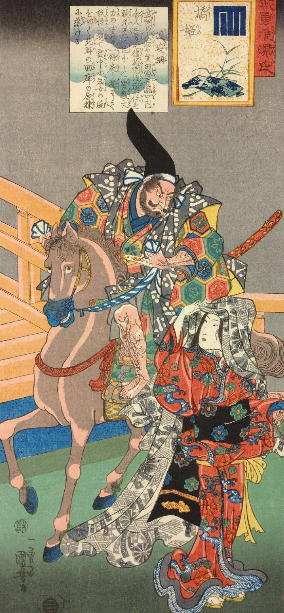


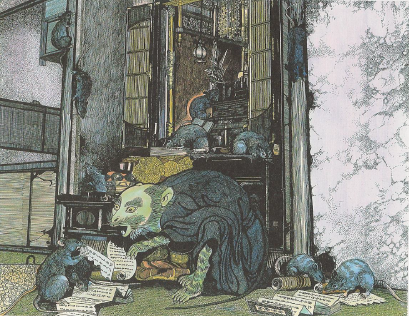
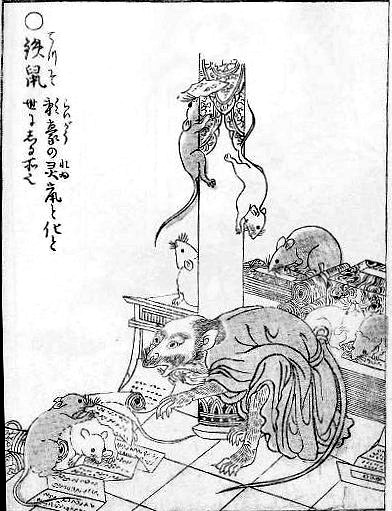

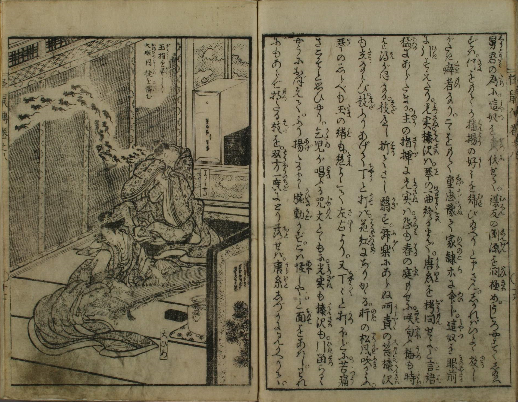
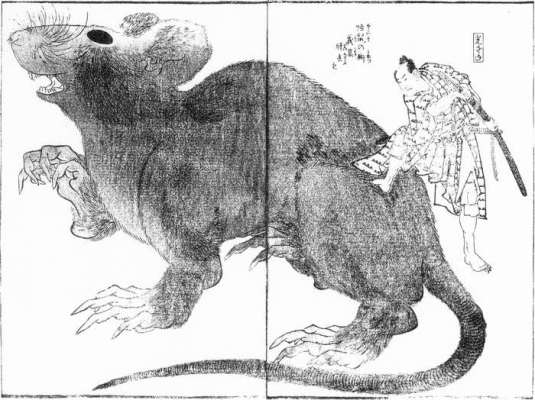



Recent Comments